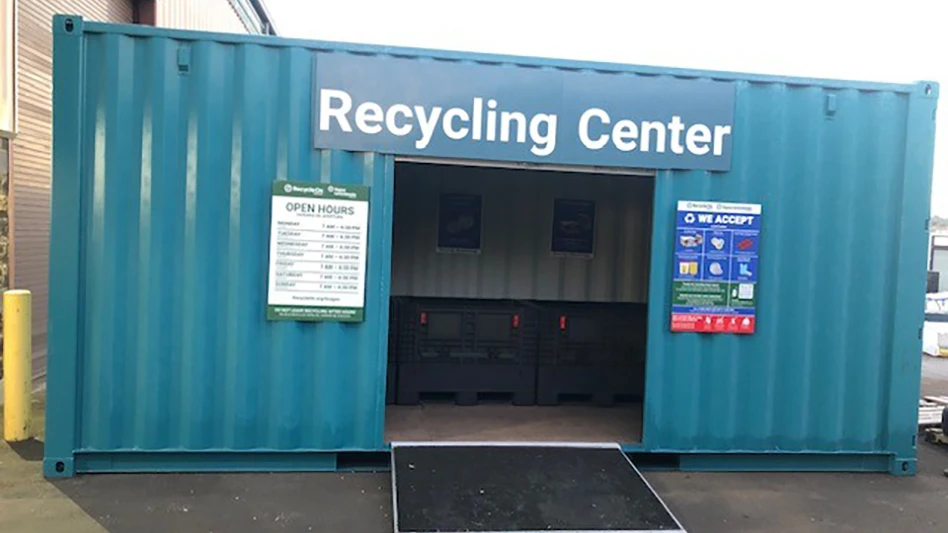The Geneva, Switzerland-based World Business Council for Sustainable Development (WBCSD)’s Cement Sustainability Initiative (CSI) published a report focusing on the availability of the latest technologies and the need to scale up research and development that can help the cement industry mitigate its greenhouse gas emissions.
In light of the United Nations Framework Convention on Climate Change Paris Agreement, the CSI initiated an in-depth review of its original technology papers, which were developed in 2009 when the sector issued the first ever low-carbon technology roadmap in partnership with the International Energy Agency (IEA).
The 2017 technology review is comprised of 52 individual papers on existing technologies and their latest developments and implementation statuses and seven additional summary papers describing anticipated technological developments that can further enhance mitigation of carbon dioxide (CO2) emissions in cement production, such as alternative fuels derived from biomass. The report also includes an assessment of the level of possible implementation, the challenges and costs of these technologies in future scenarios for 2030 and 2050.
The European Cement Research Academy supported CSI with the review of these technology papers. In addition, a stakeholder consultation process involving experts from various cement companies, researchers and international organizations has analyzed the outputs and ensured the analysis reflects the most up-to-date knowledge.
The papers have already been considered by the IEA’s modelling project: Energy Technology Perspective (ETP). They will also serve as a reference document for development of low-carbon technology roadmaps for the cement sector at global, regional or national levels. The roadmap is also made to identify the major opportunities, barriers and measures facing the industry, as well as financial partners and policy makers.
Philippe Fonta, managing director of the CSI, says, “The publication of these revised and new technical papers sets robust foundations for the overall exercise of updating our 2009 roadmap. It is also a major step in the implementation of commitments made by the cement sector in Paris through the Cement Low Carbon Technology Partnerships initiative (LCTPi), and it demonstrates that the business is more than ever focused on supporting the implementation of the Paris Agreement.”
The CSI and IEA plan to share the initial results of the updated global technology roadmap for the cement sector at COP 23 in Bonn, Germany.
In light of the United Nations Framework Convention on Climate Change Paris Agreement, the CSI initiated an in-depth review of its original technology papers, which were developed in 2009 when the sector issued the first ever low-carbon technology roadmap in partnership with the International Energy Agency (IEA).
The 2017 technology review is comprised of 52 individual papers on existing technologies and their latest developments and implementation statuses and seven additional summary papers describing anticipated technological developments that can further enhance mitigation of carbon dioxide (CO2) emissions in cement production, such as alternative fuels derived from biomass. The report also includes an assessment of the level of possible implementation, the challenges and costs of these technologies in future scenarios for 2030 and 2050.
The European Cement Research Academy supported CSI with the review of these technology papers. In addition, a stakeholder consultation process involving experts from various cement companies, researchers and international organizations has analyzed the outputs and ensured the analysis reflects the most up-to-date knowledge.
The papers have already been considered by the IEA’s modelling project: Energy Technology Perspective (ETP). They will also serve as a reference document for development of low-carbon technology roadmaps for the cement sector at global, regional or national levels. The roadmap is also made to identify the major opportunities, barriers and measures facing the industry, as well as financial partners and policy makers.
Philippe Fonta, managing director of the CSI, says, “The publication of these revised and new technical papers sets robust foundations for the overall exercise of updating our 2009 roadmap. It is also a major step in the implementation of commitments made by the cement sector in Paris through the Cement Low Carbon Technology Partnerships initiative (LCTPi), and it demonstrates that the business is more than ever focused on supporting the implementation of the Paris Agreement.”
The CSI and IEA plan to share the initial results of the updated global technology roadmap for the cement sector at COP 23 in Bonn, Germany.
Latest from Recycling Today
- US Steel to restart Illinois blast furnace
- AISI, Aluminum Association cite USMCA triangular trading concerns
- Nucor names new president
- DOE rare earths funding is open to recyclers
- Design for Recycling Resolution introduced
- PetStar PET recycling plant expands
- Iron Bull addresses scrap handling needs with custom hoppers
- REgroup, CP Group to build advanced MRF in Nova Scotia





